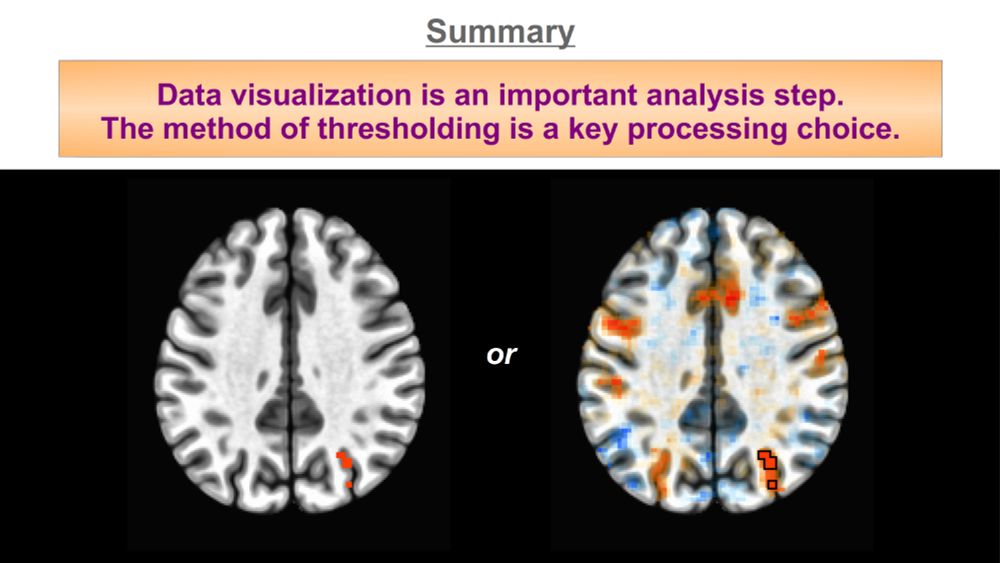Gang Chen
@gangchen6.bsky.social
220 followers
130 following
20 posts
Statistical modeling, Bayesian inference, causal effect estimation, hierarchical structures; FMRI data analysis; classical music; jogging; reading; meandering
Posts
Media
Videos
Starter Packs
Gang Chen
@gangchen6.bsky.social
· Jul 27
Gang Chen
@gangchen6.bsky.social
· Jul 19
Gang Chen
@gangchen6.bsky.social
· Jul 19
Gang Chen
@gangchen6.bsky.social
· Jul 19
Gang Chen
@gangchen6.bsky.social
· Jul 18
Reposted by Gang Chen
Reposted by Gang Chen
Gang Chen
@gangchen6.bsky.social
· Apr 26
Gang Chen
@gangchen6.bsky.social
· Apr 25
Gang Chen
@gangchen6.bsky.social
· Apr 24
Reposted by Gang Chen
Gang Chen
@gangchen6.bsky.social
· Mar 22
Gang Chen
@gangchen6.bsky.social
· Jan 20
Reposted by Gang Chen
Paul Taylor
@afni-pt.bsky.social
· Dec 20

AFNI Bootcamp, Part 2: Jan 29-31, 2025 (Virtual)
We are pleased to announce a new AFNI Bootcamp, taking place Jan 29-31, 2025. Registration is free and open to both NIH and non-NIH researchers. The course is aimed at people who have some familiarit...
discuss.afni.nimh.nih.gov
Gang Chen
@gangchen6.bsky.social
· Dec 19
Manlio De Domenico
@manlius.bsky.social
· Dec 19
Gang Chen
@gangchen6.bsky.social
· Dec 12
Gang Chen
@gangchen6.bsky.social
· Nov 28
Reposted by Gang Chen
Daniel Borek
@danielborek.bsky.social
· Nov 24




